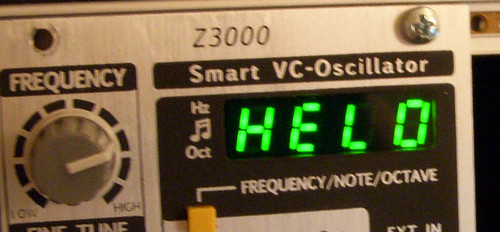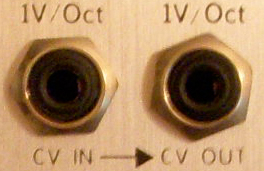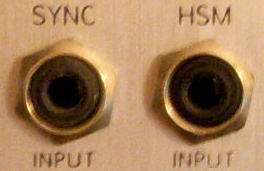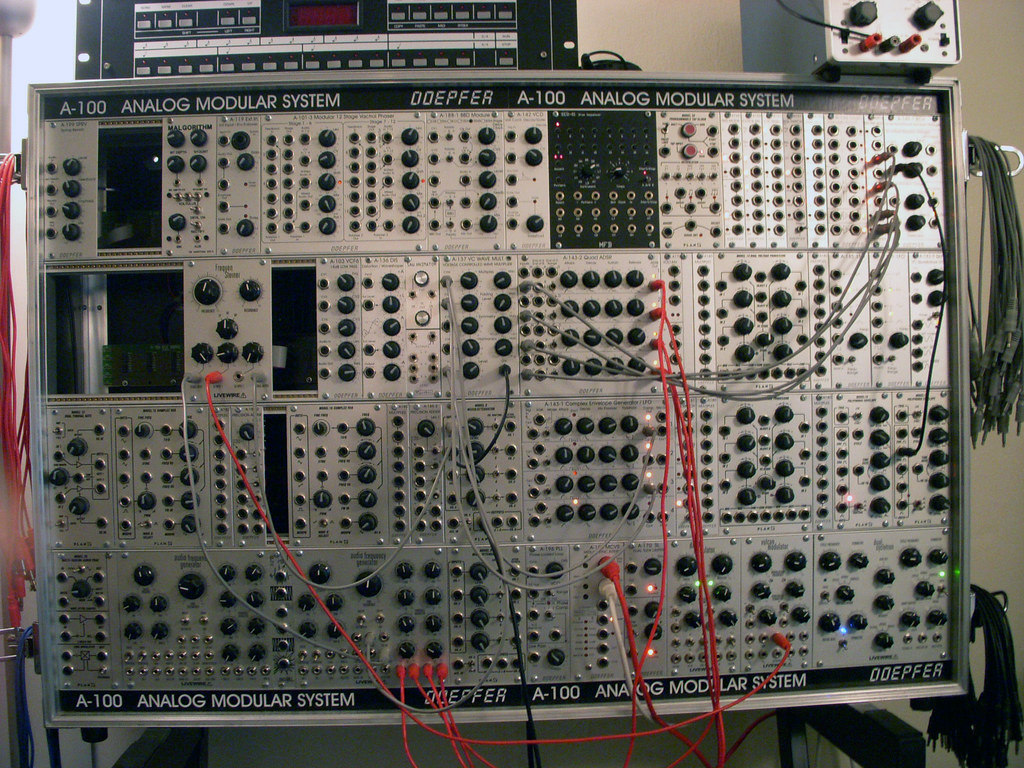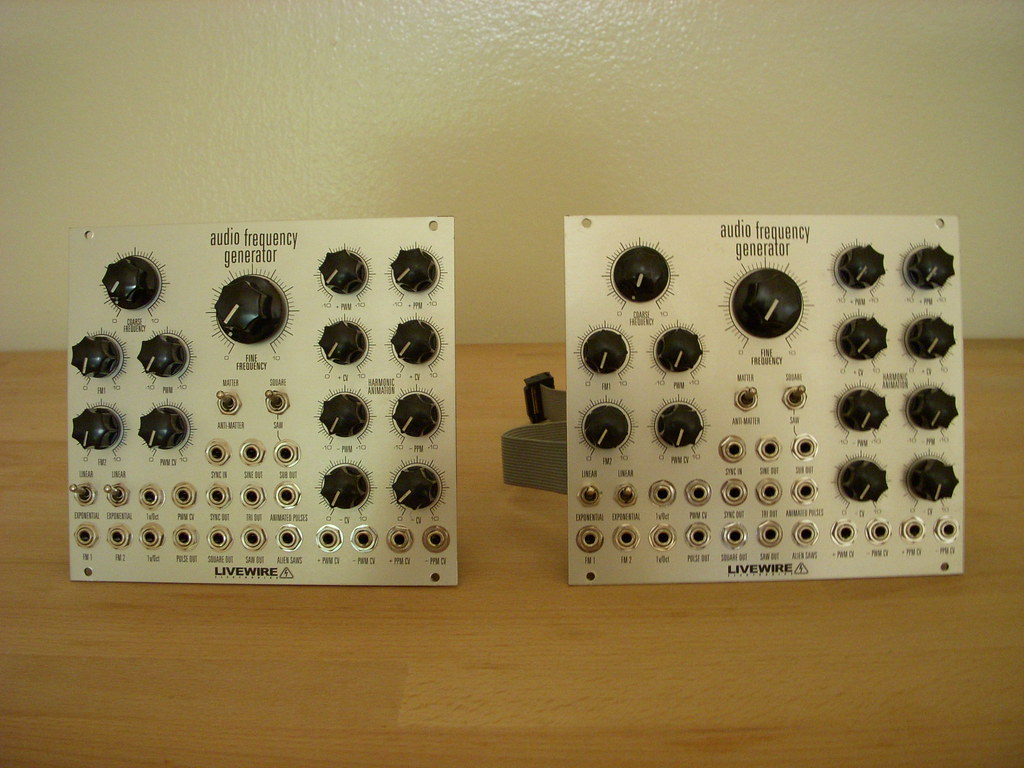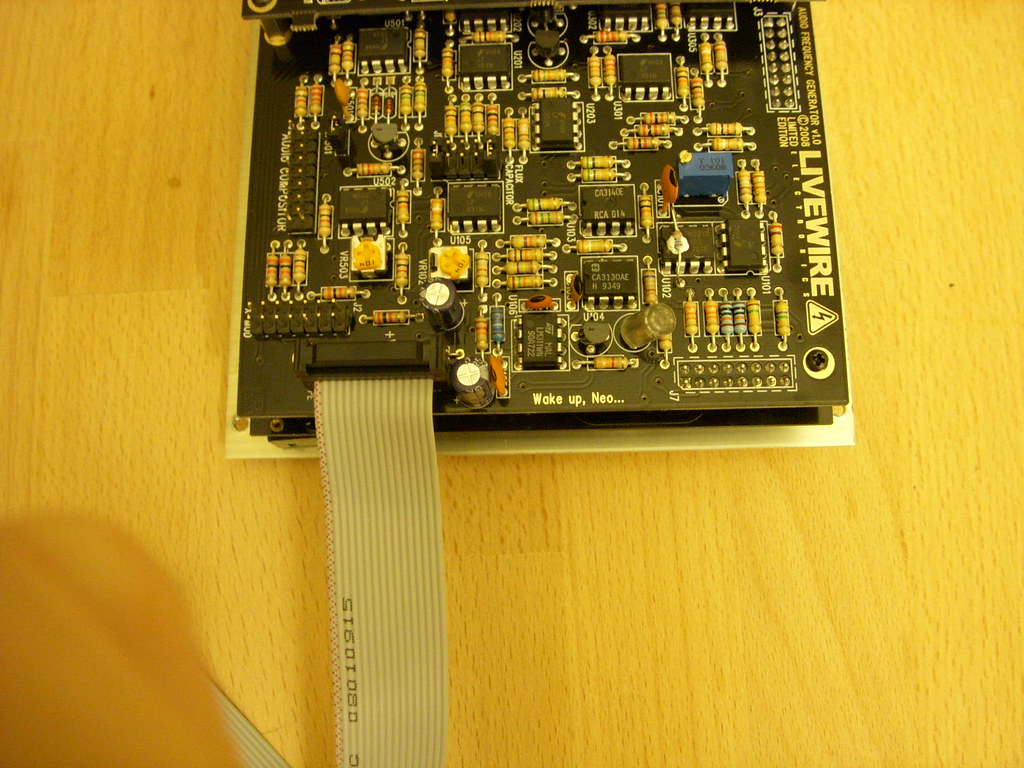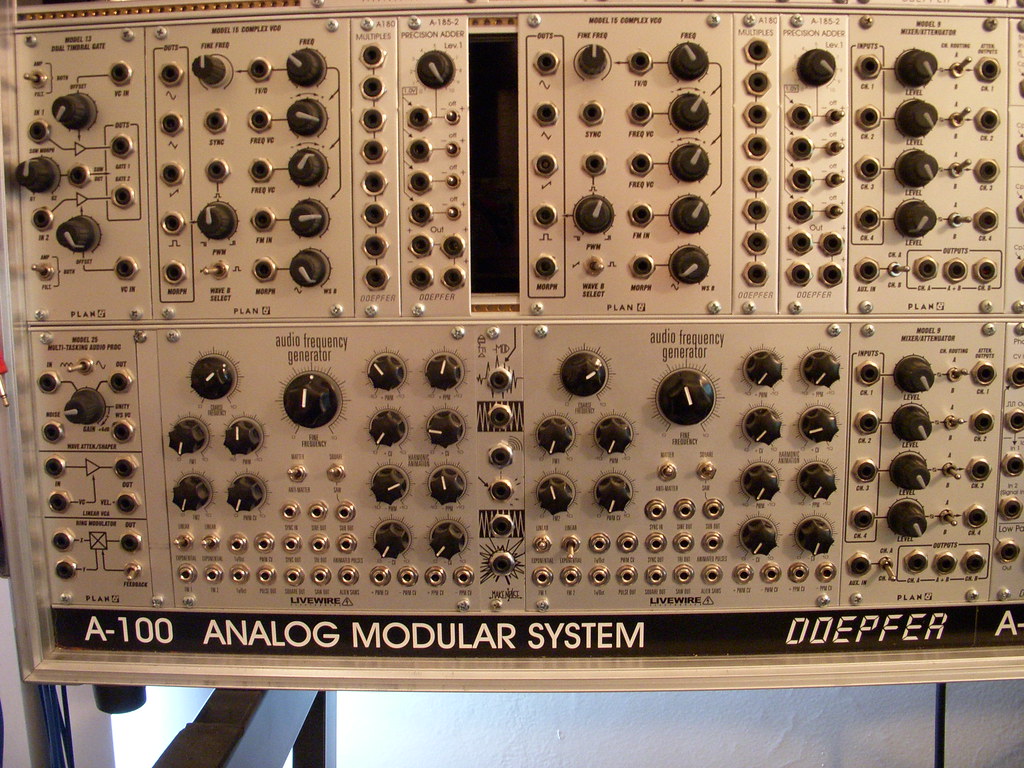BubbleSound has an interesting philosphy in that they use some NOS components (in the case of the module on the block today, the SeM20 V|S|F; we are experiencing the sound of NOS transistors and opamps) in their product. Boutique guitar pedal manufacturers (fuzz pedals in particular) have a penchant for using NOS germanium or silicon transistors to help obtain that vintage feel. So why not the same concept for modules?
I for one have never personally been too attached to the notion of needing a certain piece of gear to capture the sound i'm looking for. Within reason, any able-minded synthesis should have the capacity to create workable sound from any synth with full parameter control that they might have in front of them.
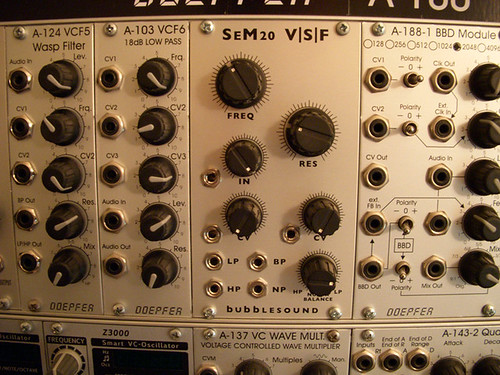
With that being said I was impressed with the sound quality of the SeM20. Its character was a softer, more rounded color scheme that some of the more harsh and gnarly filters that seem to frequent the eurorack format world. Yet it broke up with a nice grit in the final stages of the input attenuation and frequency knobs rotation.
Each filter modes output sounded good to my ears for its purpose. When combined with the AFG square wave output, (a module which uses 70's era tracing and component techniques) I was impressed with the outcome. It sounded vintage-eque to my ears at least.
The most unique feature from the other eurorack filters is its Notch Balance knob. Giving you, the user; the ability to shift the notch balance closer to either the LP or HP sides of the spectrum. giving a nice phasing sound you hear near the end of the clip above. I really wish it was voltage controllable though. :(
Now that I've said my positives i'll hash out the few, (but still unavoidable) negatives which may or may not concern most users.
1) Their website states that the filter will self oscillate. Mine came unable to achieve this. It might be as simple as a trim pot adjustment but its still worth noting.
2) Something that doesn't impede its sound in the least; its layout, knobs and faceplate font. This little darling is not winning any beauty pageants, thats for sure. I would have much rather had all the filter outputs across the bottom of the module in a nice even row while all the knobs would be shifted into two, symmetrical columns. That would leave plenty of room for that really nifty CV input for the Notch Balance. (hint, hint)
So there you have it. In the end I find this filter to be a very worthwhile purchase that can add an older (ie: more distinguished) sheen to your fairly modern filter arsenal.

